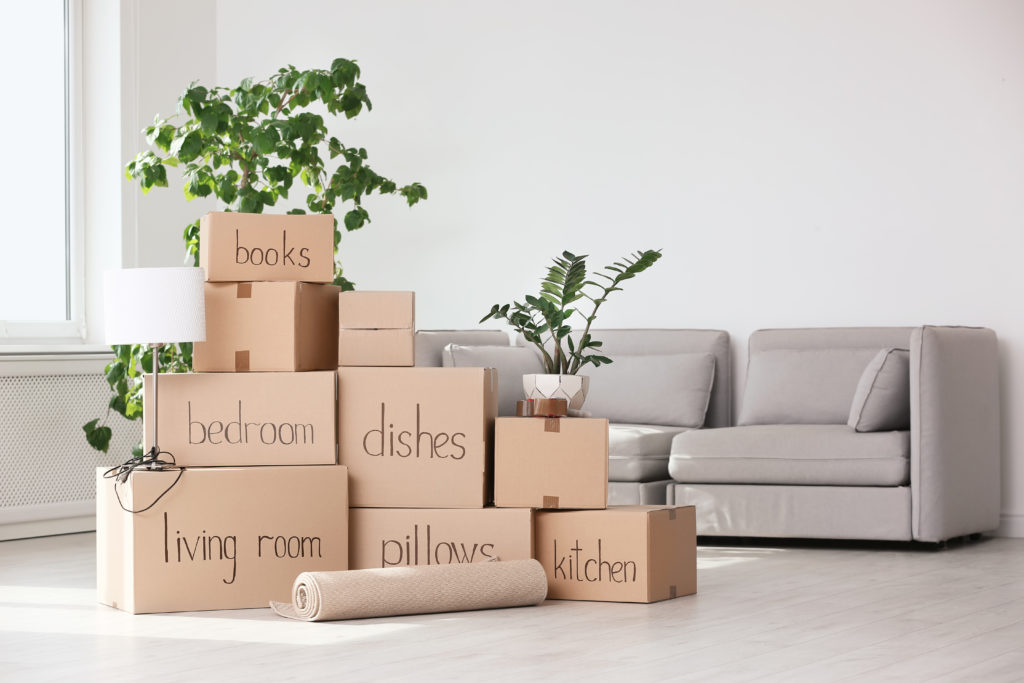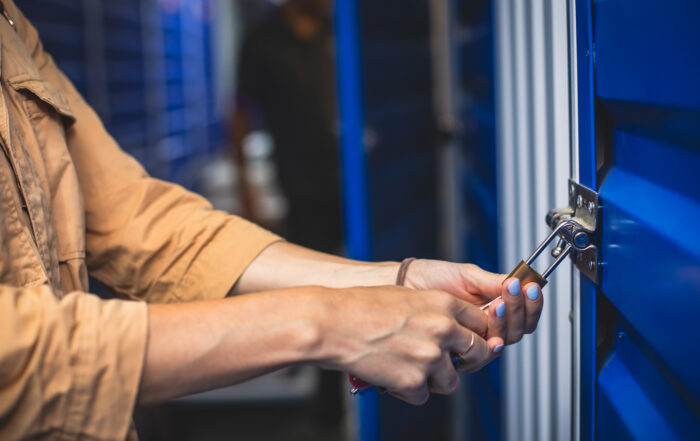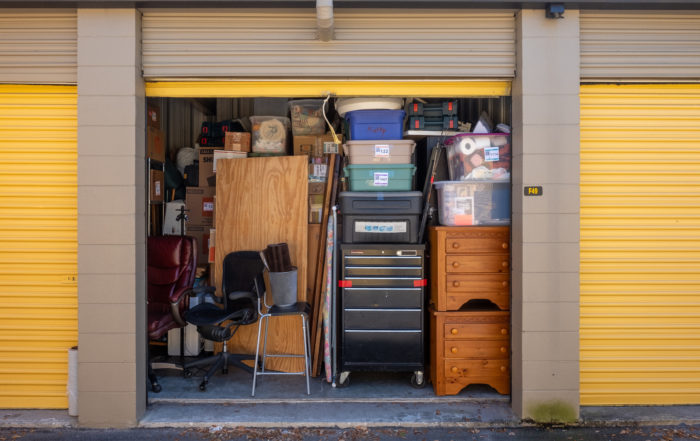How to Pack for a Move in Under Two Weeks

Packing is the biggest job anyone can undertake during the moving process. It feels like a never ending process — all of the boxes, the wrapping, the taping, and there are still somehow things left in the room. Trust us, at Albuquerque Self Storage, we know how daunting and overwhelming packing seems.
What if we told you that we knew the secret to getting your house packed in two weeks or less? We’re not pulling your leg either. Follow these steps and we promise that your packing nightmare will be over as quickly as possible.
The key to packing for a move is having a strategy: break everything you need to do down in easy to manage steps and then break it down even further so you have a schedule for everything you need to do. It may seem like overkill at first, but the key to an easy move is planning. So let’s make a plan for you.
The First Two Days of Packing: Purchase Materials
Don’t even think about packing anything away in the first two days. You;ll want to take this time to prepare and get everything you need to begin. First, take stock of everything you own and get an idea for how many boxes you’ll need, if you’ll need protecting wrapping such as plastic or bubble wrap, and if you need specialized bags for your couch or mattress, or boxes for clothes.
Make a list of everything. After that, it’s time to go shopping.
You’ll probably want all of the basic moving supplies, like the following:
- Moving boxes of all sizes
- Bubble wrap
- Stretch plastic wrap
- Heavy-duty packaging tape with a tape gun
- Permanent markers
- Trash bags
- Ziploc bags
- Mattress bags
- Paper to label the boxes
Making Moving Arrangements
Once you know what you’ll need, now is a good time to plan everything else out if you haven’t already. This means hire a moving company or rent a truck, arrange a place to stay if your home won’t be ready by your move-in date, review your mover’s insurance, and set up all of your utilities in your new home. We recommend doing all of this in one afternoon and taking notes of what you’ve completed to help you keep track of it all.
If you need help moving, now is also the time to get it. Call your family and friends and offer dinner for their assistance with packing. If you’re hiring professionals, it’s still worth it to have a few friends around to help you get ready for them.
Days 3-4: Make a Plan
This is when you want to start packing strategically. Always start packing the things you don’t need first.
Our resident packing expert has it down to a system: she goes through all of her rooms and makes a mental list of what order she should tackle them in. What room is a priority to pack away and what room has the most things you still use? To help, here’s her room ranking system.
Pack First:
- Spare bedrooms
- Office (minus your computer and desk)
- Living room
- Unused electronics
Pack Second:
- Dining Room
- Den/secondary living space
- Bedroom knick knacks
Pack Last:
- Kitchen
- Finish Office
- Finish bedrooms
- Bathrooms
Use days 3-4 to plan and to start going through your rooms and donating items too. Don’t start packing anything away yet if you don’t want to. Our resident packing expert believes that taking your time to sort through what you need and what you don’t need is a crucial step in the packing process that shouldn’t be overlooked. This way, you won’t be drowning in donatable items when you’re looking to box things away.
If you need to reserve a storage unit, now is the time to do it. You’ll have a mental inventory (or a real list, which we recommend) of items you’re either donating or not taking with you. A storage unit is perfect for sentimental pieces or larger pieces of furniture that you want to keep, but don’t have room for in the new place. Or, if you’re renovating your new home, then a storage unit is a perfect short-term solution until everything can be moved in.
If you want, you can start wrapping and packing up the rooms on the “pack first” list. But remember to take it slow. There’s no need to overwhelm yourself right away.
Days 5-10: Start Packing
Now it’s time to get to the fun part. You have your donatable items squared away, you have your moving truck booked, you have your priority list, and you have your boxes. Now, it’s time to follow that priority list and start packing.
Tip: Before you start filling the box, be sure to tape the bottom closed.
Be sure to pack properly! This means wrapping up anything that could be fragile or get scratched, putting padding in the boxes where needed, and not overfilling them.
We also recommend packing a bag with essential clothing and toiletries to get help through the final days of your move.
Labeling Boxes
Be sure you’re labeling your boxes! This will save you the headache of trying to figure out what’s in them once you’re in the new place. Label what room they go in, and a few key items that are in the box. We recommend taping a piece of paper to the box and writing on it or purchasing labels, as this method is more visible.
And don’t forget to label boxes that hold fragile items!
Example of labeling:
FRAGILE!
Kitchen
(blender, toaster, towels)
Days 11-14: Finalize Everything
These are the days where you finish packing your essential items and finalize everything for the move. This is the boring part: the part where you clean your house or apartment.
Confirm that your utilities are working and confirm that your moving reservation is good to go. Once all that is done, the last thing you need to do is stock up on bottled water, fill your car with boxes or fragile items, and move into your new home!
Recent Posts
Understanding Self-Storage Lease Terms: What to Know Before You Sign
Renting a self-storage unit is often one of those tasks that feels simple at first—pick a unit, sign a lease, move your stuff in. But if you’re like most people, the fine print on that [...]
What Not to Do When Using a Self-Storage Unit: 9 Common Mistakes to Avoid
Self-storage units are a convenient and affordable way to store everything from furniture and keepsakes to business inventory and seasonal gear. Whether you’re moving, downsizing, or just trying to declutter your space, renting a storage [...]
How to Keep a Storage Unit Clean and Tidy
A self-storage unit can be a lifesaver when you need extra space, but without proper organization and upkeep, it can quickly become cluttered. A clean and tidy storage unit not only makes it easier to [...]



